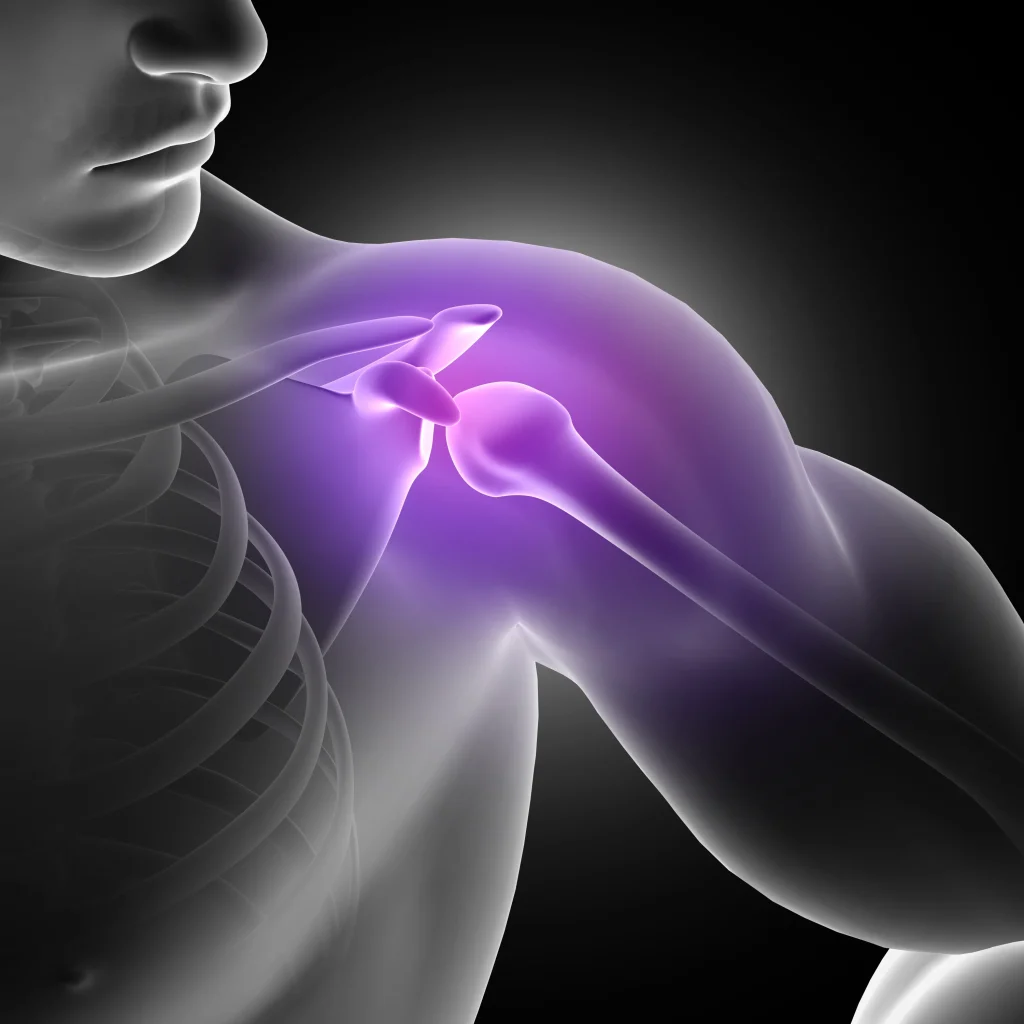Understanding the rotator cuff: function and common injuries
The rotator cuff consists of four muscles and their associated tendons that stabilize the shoulder joint and enable a variety of movements. These include
- Supraspinatus
- Infraspinatus
- Teres minor
- Subscapularis
Damage to the rotator cuff can be caused by acute injuries, repeated overhead activities or age-related degeneration.
